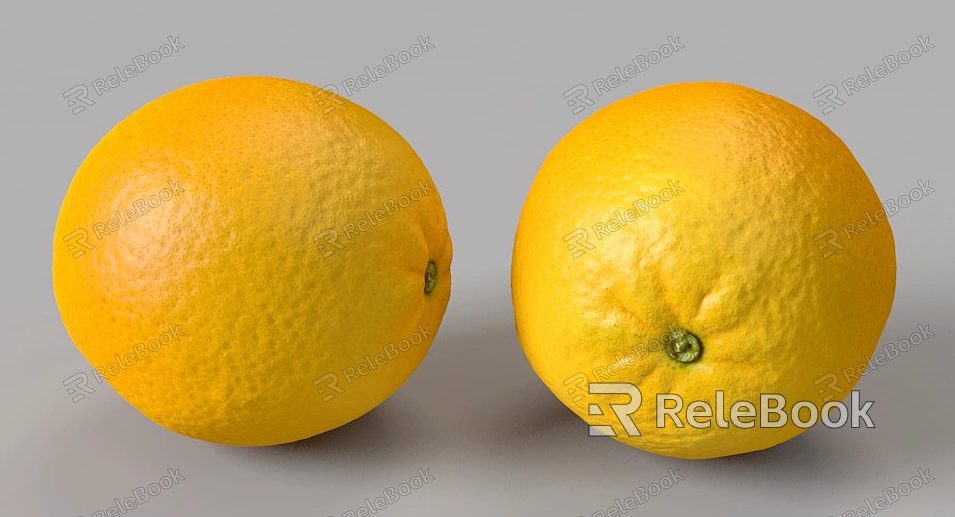Adding Visual Interest with Orange Peel Texture in 3D Modeling
Orange peel texture is a popular choice in interior design, adding a subtle and textured look to walls and surfaces. In this article, we will explore the significance of orange peel texture and how it can be effectively incorporated into your 3D modeling projects to enhance visual interest and realism.
Understanding Orange Peel Texture:
Orange peel texture refers to a textured finish that resembles the surface of an orange peel. It is characterized by small, raised bumps that create a visually appealing and tactile effect. In 3D modeling, replicating orange peel texture accurately can add depth and authenticity to architectural designs.If you need it, I recommend downloading 3D textures from Relebook. There is no better choice than this.
Selecting the Right Orange Peel Texture:
Choosing the appropriate orange peel texture is essential for achieving the desired effect in your 3D models. Consider factors such as the size and density of the bumps, as well as the overall level of texture. Each variation of orange peel texture can contribute to the overall aesthetic and ambiance of the model.
Applying Orange Peel Texture to Surfaces:
To create a realistic orange peel texture in your 3D models, apply it to the surfaces that represent walls or other textured elements. Ensure that the texture aligns with the object’s geometry and follows the natural flow of the texture pattern. Pay attention to details such as the size and spacing of the bumps to achieve an authentic look.
Adjusting Scale and Orientation:
Properly scaling and orienting the orange peel texture is crucial for achieving realism. Consider the size and proportions of the surfaces in your model and match the scale of the texture accordingly. Align the texture pattern with the surface’s shape and direction to mimic the natural flow of the texture.
Enhancing Realism with Lighting and Shadows:
To further enhance the realism of orange peel texture, pay attention to lighting and shadows. Adjust the lighting setup in your 3D scene to highlight the texture’s details and create depth. Shadows cast by the orange peel texture can add an extra layer of realism and dimension to your models.
Orange peel texture is a valuable element in 3D modeling, offering a visually interesting and tactile effect to architectural designs. By carefully selecting the right orange peel texture, applying it accurately to surfaces, adjusting scale and orientation, and considering lighting and shadows, you can create stunningly realistic and visually captivating 3D models. Embrace the uniqueness of orange peel texture and elevate your designs to new heights, capturing the essence of textured surfaces in interior spaces.

